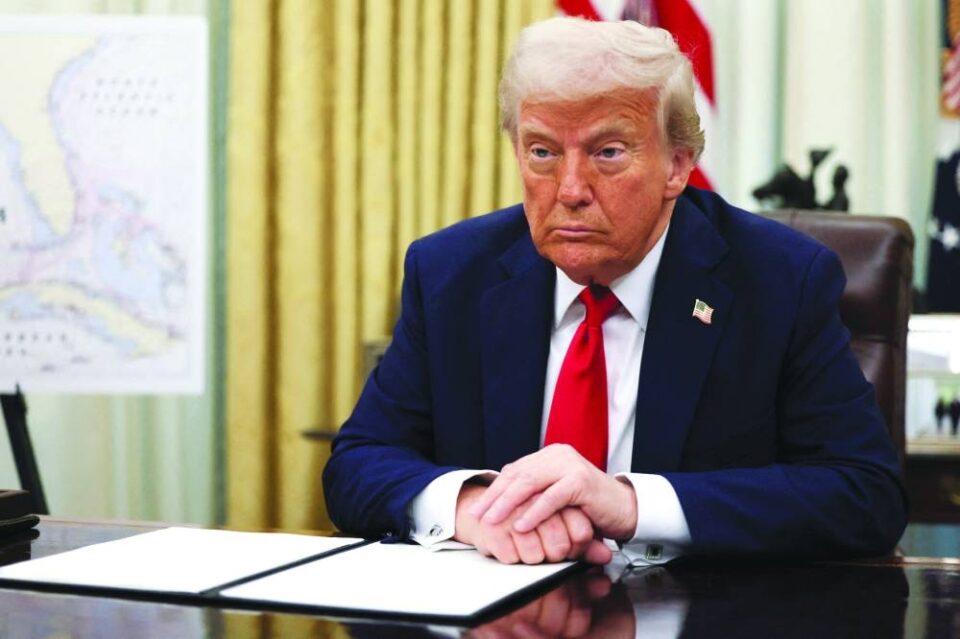The White House confirmed Tuesday that President Donald Trump will impose new tariffs on Wednesday, though it provided no details about the size and scope of trade barriers that have businesses, consumers and investors fretting about an intensifying global trade war.Trump has for weeks trumpeted April 2 as a ‘Liberation Day’ that will see dramatic new duties that could upend the global trade system.White House spokeswoman Karoline Leavitt said reciprocal tariffs on countries that impose duties on US goods would take effect immediately after Trump announces them, while a 25% tariff on auto imports will take effect on April 3.The Republican president has already imposed tariffs on aluminum and steel imports and has increased duties on all goods from China. But he has also repeatedly threatened to impose other tariffs, only to cancel or postpone them.Leavitt's announcement indicated that he plans to plow ahead this time. ‘The president has a brilliant team of advisors who have been studying these issues for decades, and we are focused on restoring the golden age of America,’ she said at a press briefing.According to the Washington Post, aides are considering a plan that would raise duties on products by about 20% from nearly every country, rather than targeting certain countries or products. The administration anticipates the new duties could raise more than $6 tn in revenue that could be sent on to Americans as a rebate, the paper reported.A White House aide said any report ahead of tomorrow's event is ‘mere speculation.’ Trump's actions have raised tensions with the United States' largest trading partners.Canada has vowed to respond with tariffs of its own. ‘We will not disadvantage Canadian producers and Canadian workers relative to American workers,’ Prime Minister Mark Carney said in Winnipeg.US companies say a ‘Buy Canadian’ movement is already making it harder for their products to reach that country's shelves. Other countries have threatened countermeasures as well, even as they have sought to strike deals with the White House to stave off the tariffs.It was not clear whether those efforts would succeed ahead Wednesday, but the hope is that they would lead Trump to back down in the coming weeks, according to a person familiar with the conversations.Trump has argued that American workers and manufacturers have been hurt over the past decades by free-trade deals that have lowered barriers to global commerce and fueled the growth of a $3 tn US market for imported goods. The explosion of imports has come with what Trump sees as a glaring downside: Massively imbalanced trade between the US and the world, with a goods trade deficit that exceeds $1.2 tn.Economists warn his remedy — hefty tariffs — would raise prices at home and abroad and hammer the global economy. A 20% tariff on top of those already imposed would cost the average US household at least $3,400, according to the Yale University Budget Lab.Signs are already emerging that the US economy is losing momentum due in part to uncertainty fostered by Trump's chaotic approach to economic policymaking.

previous post